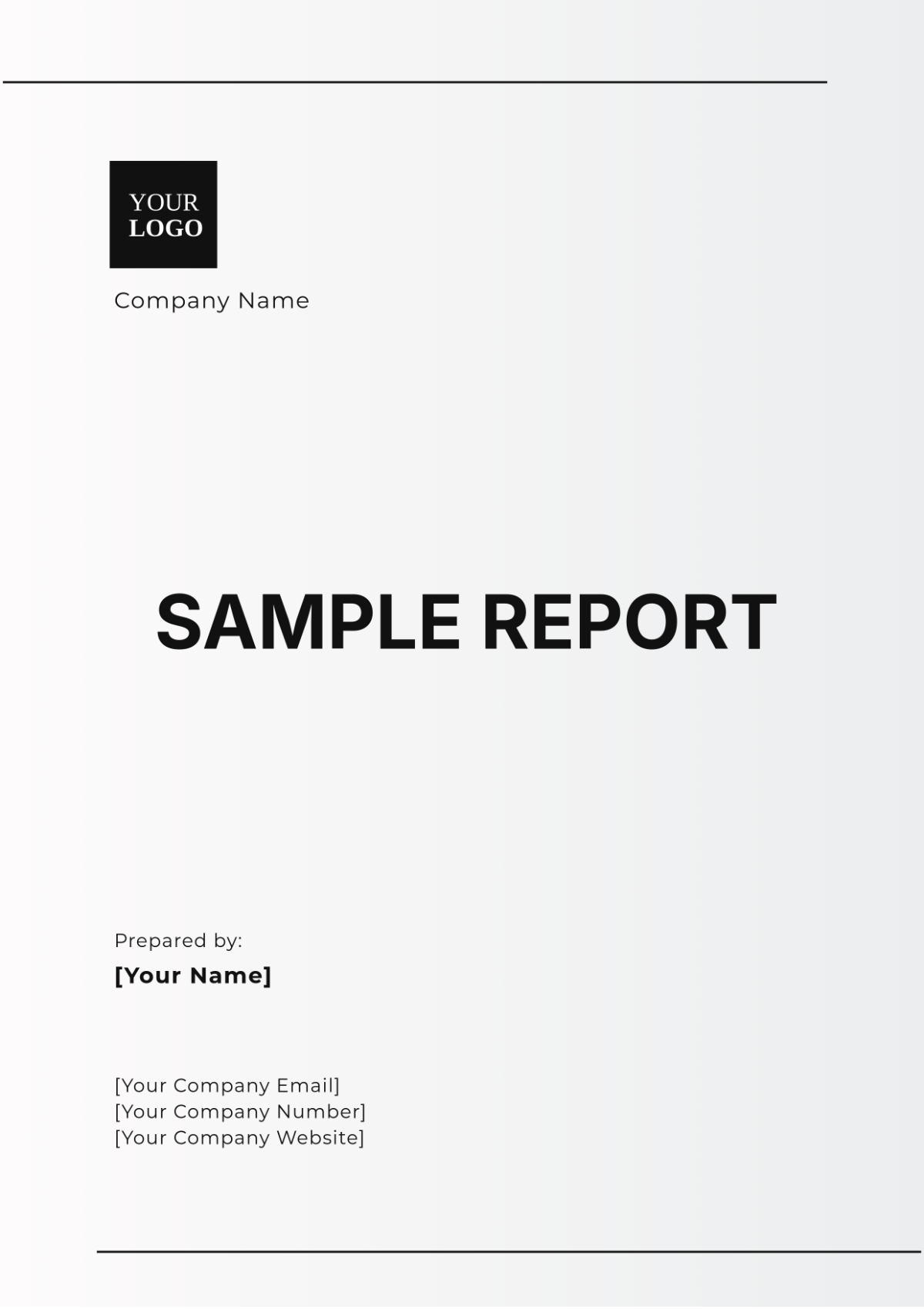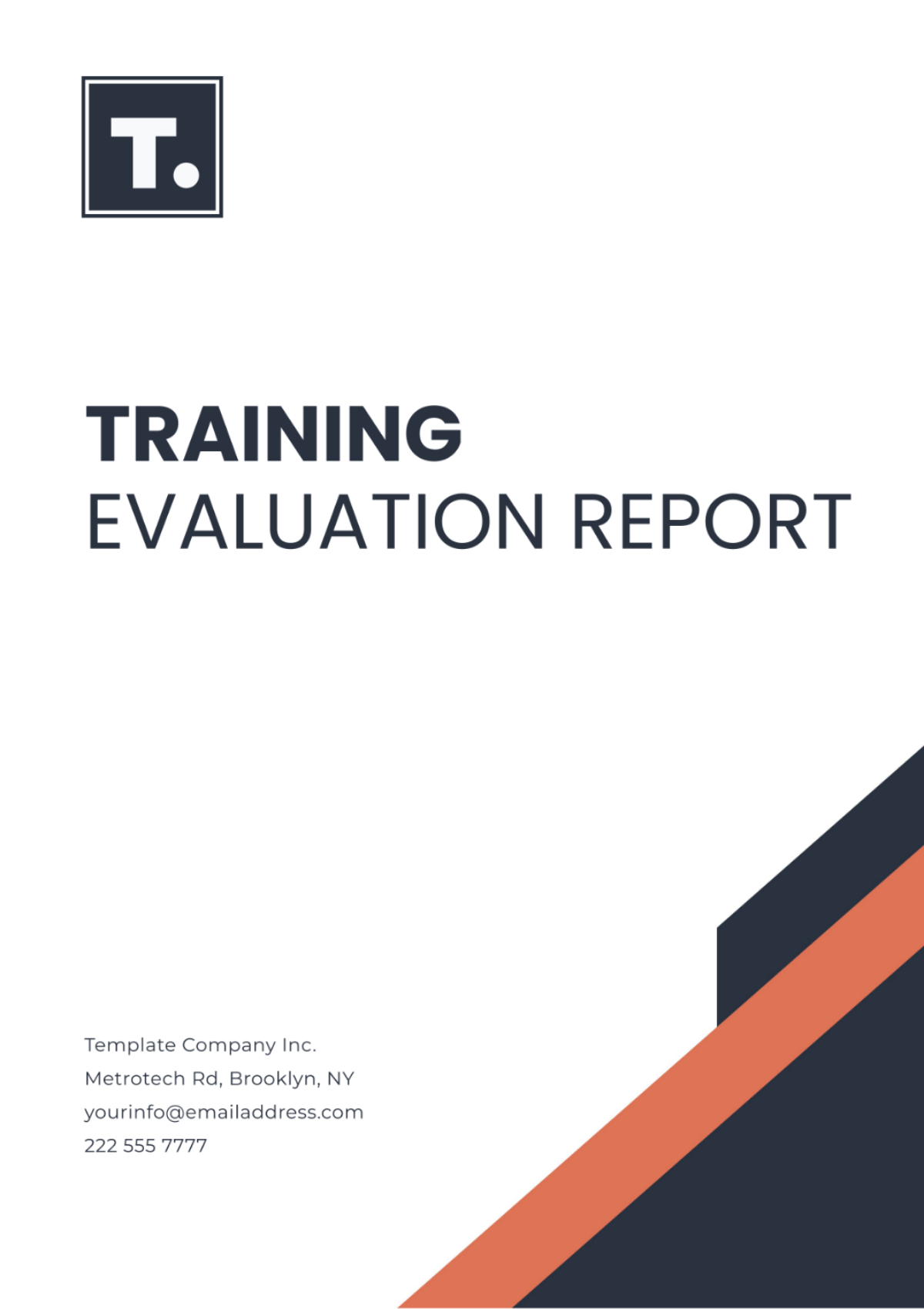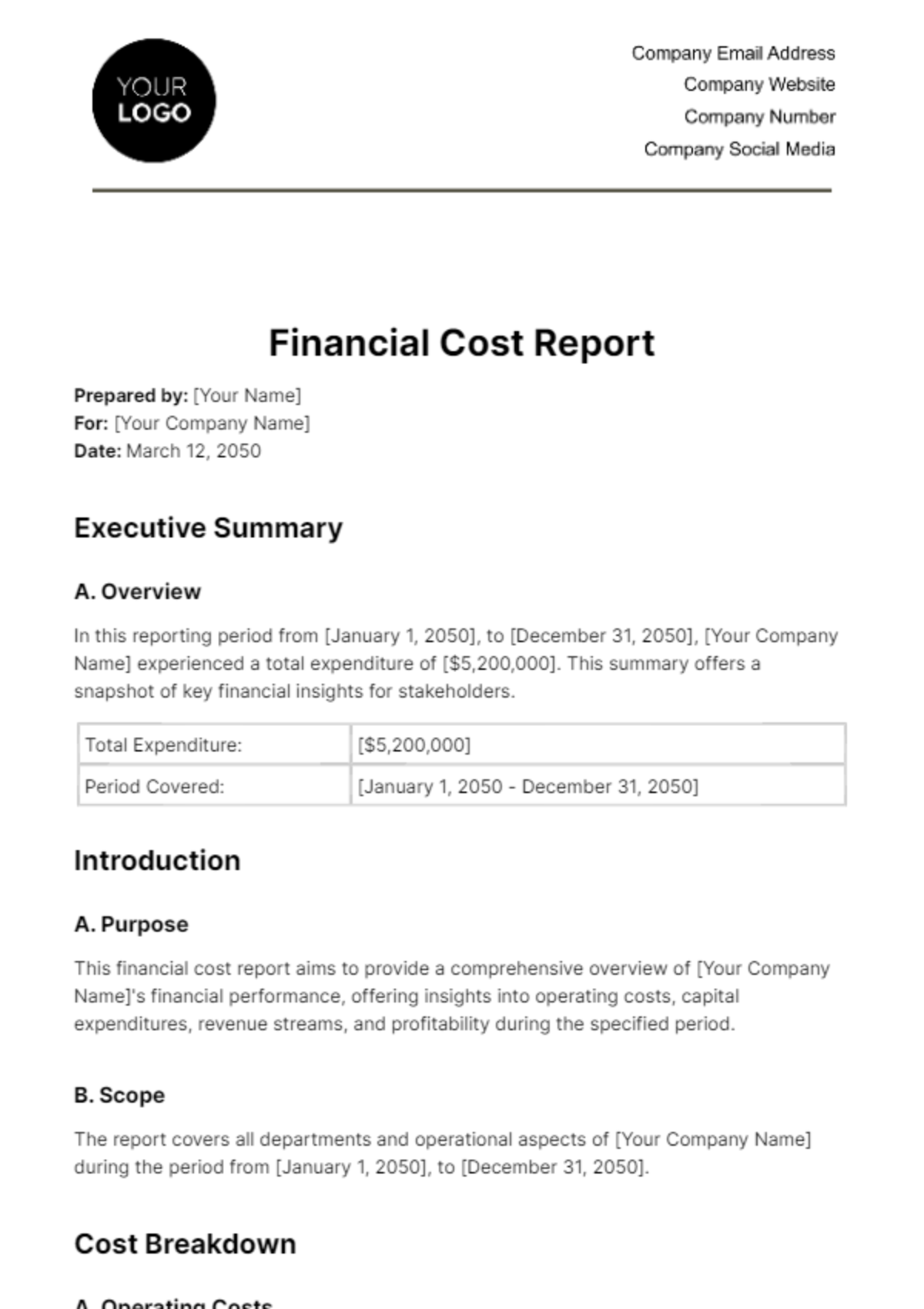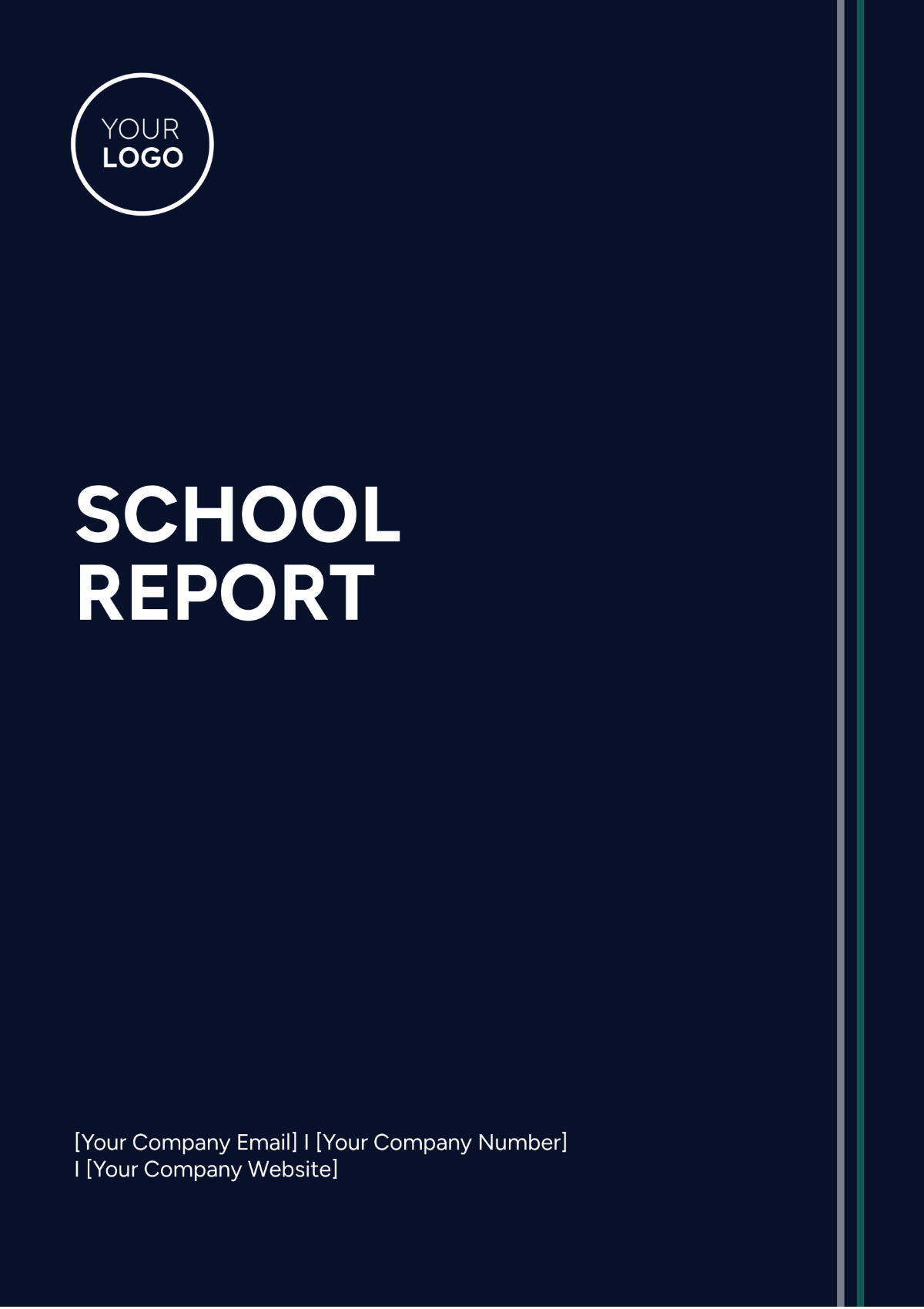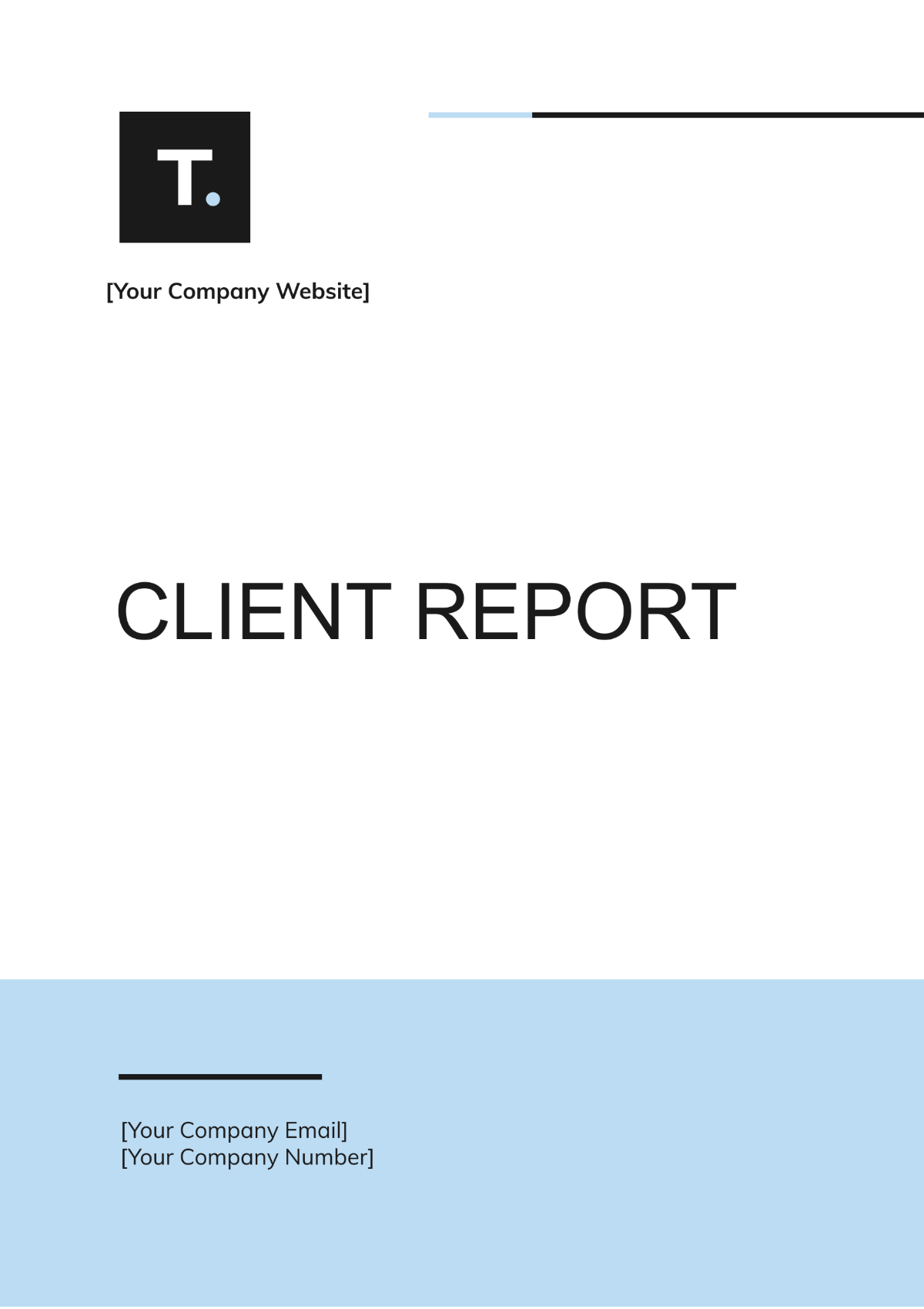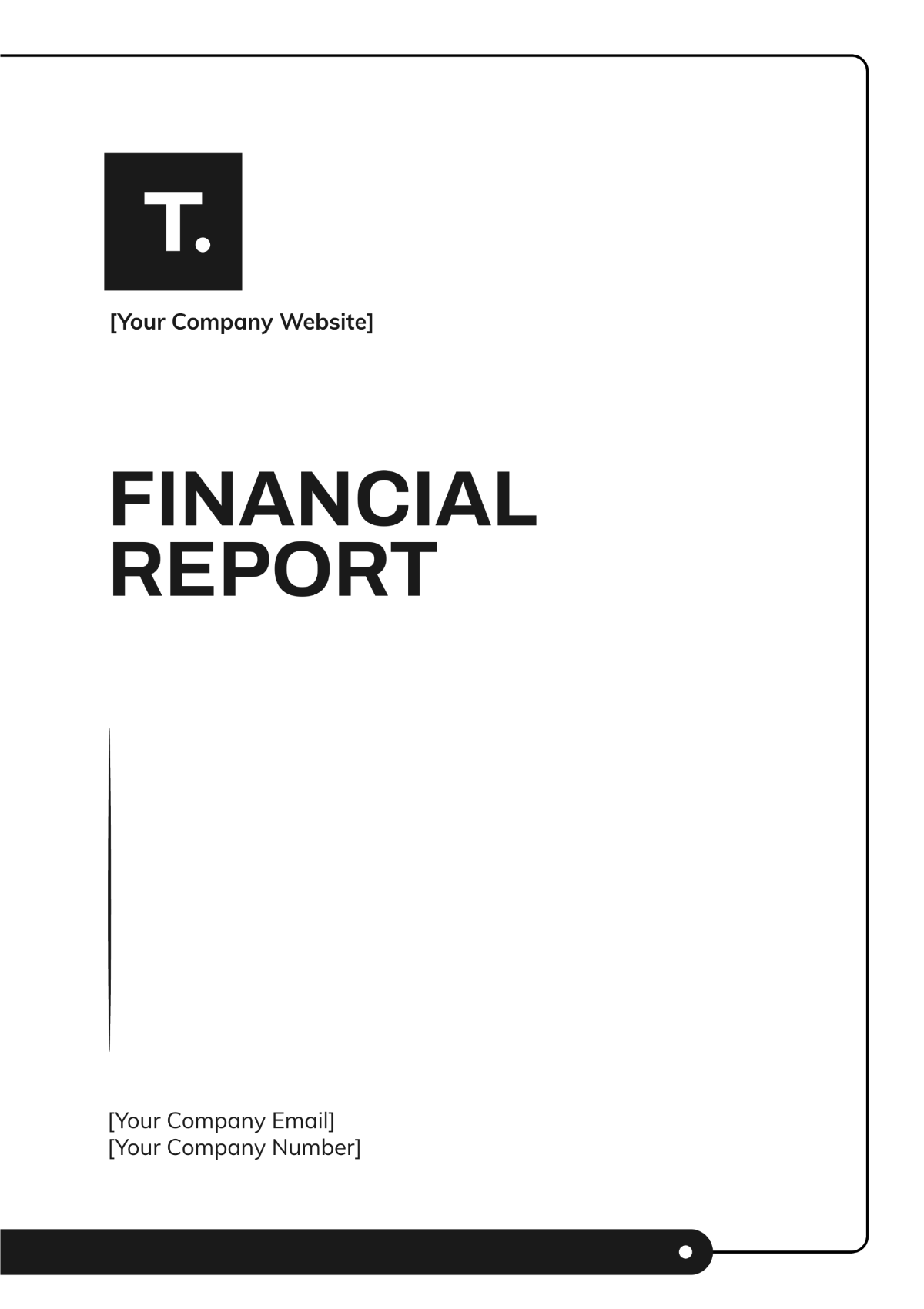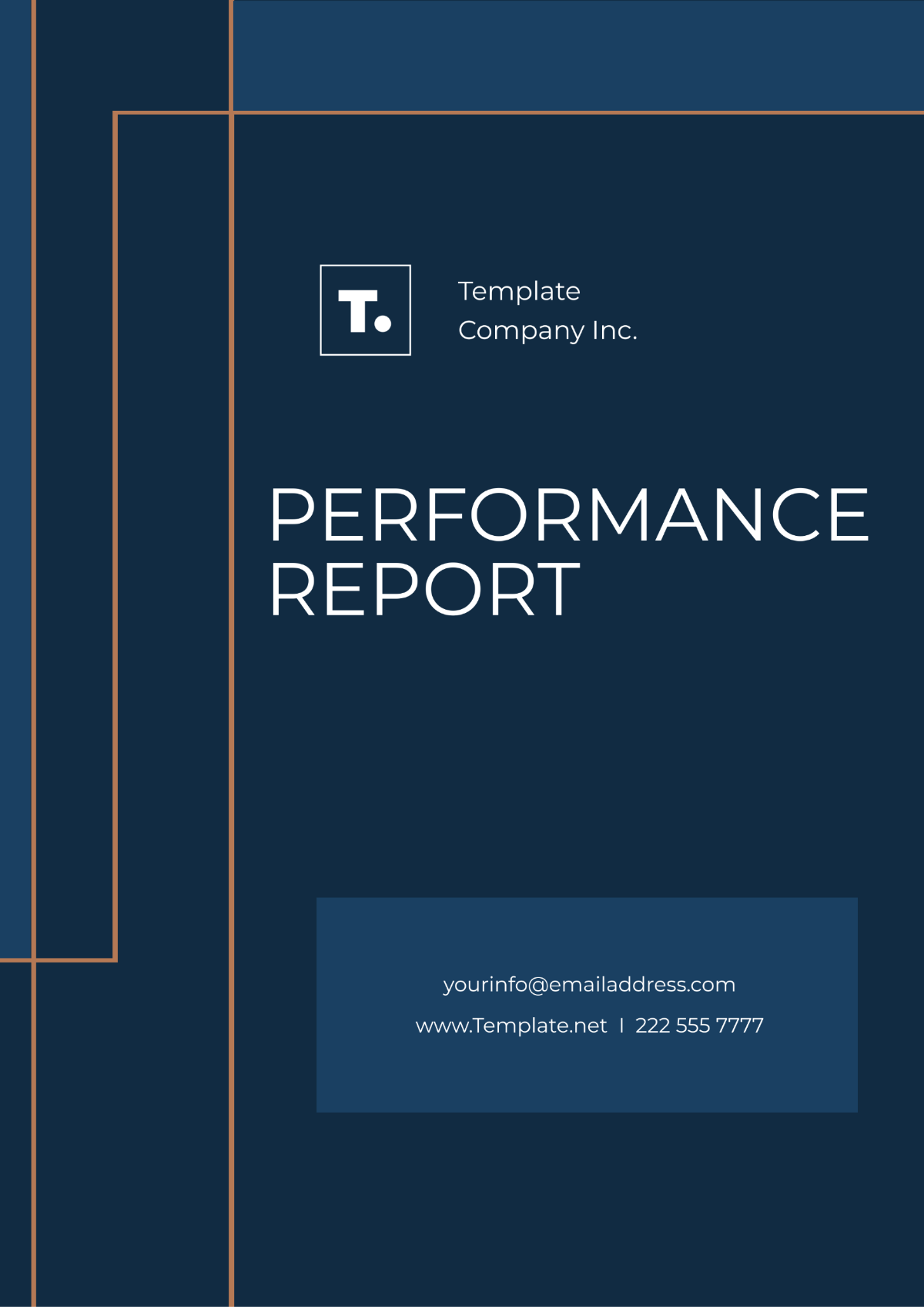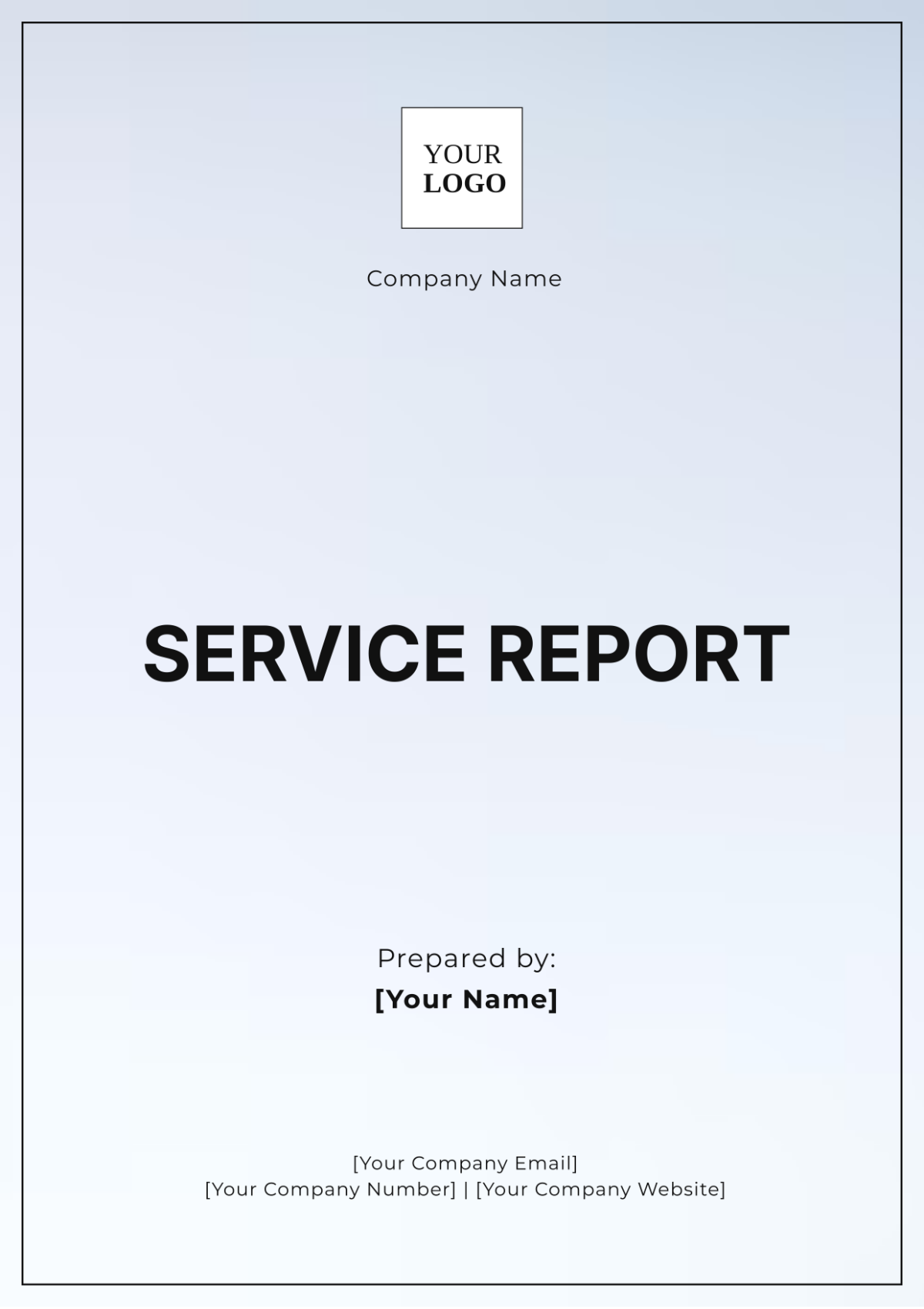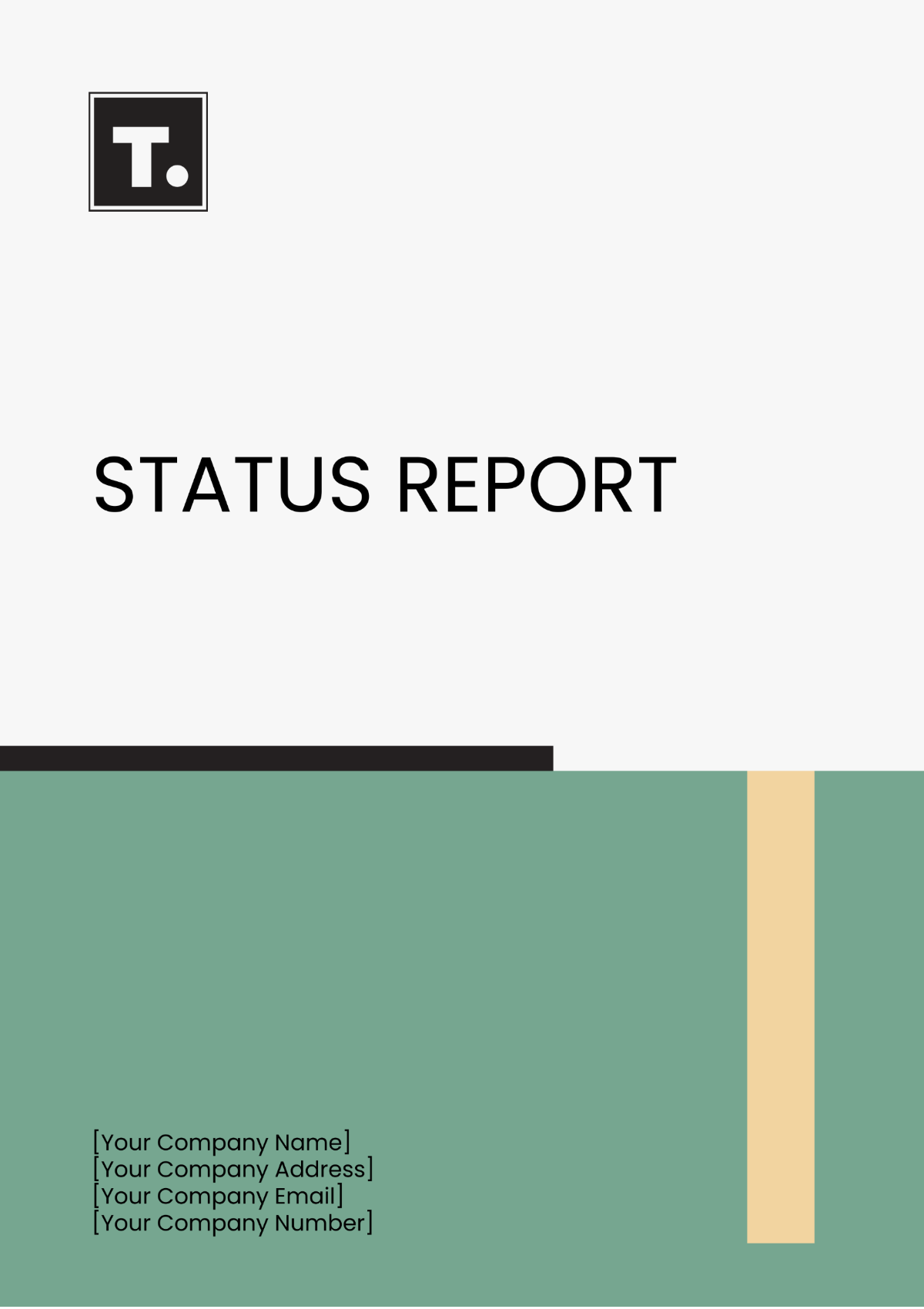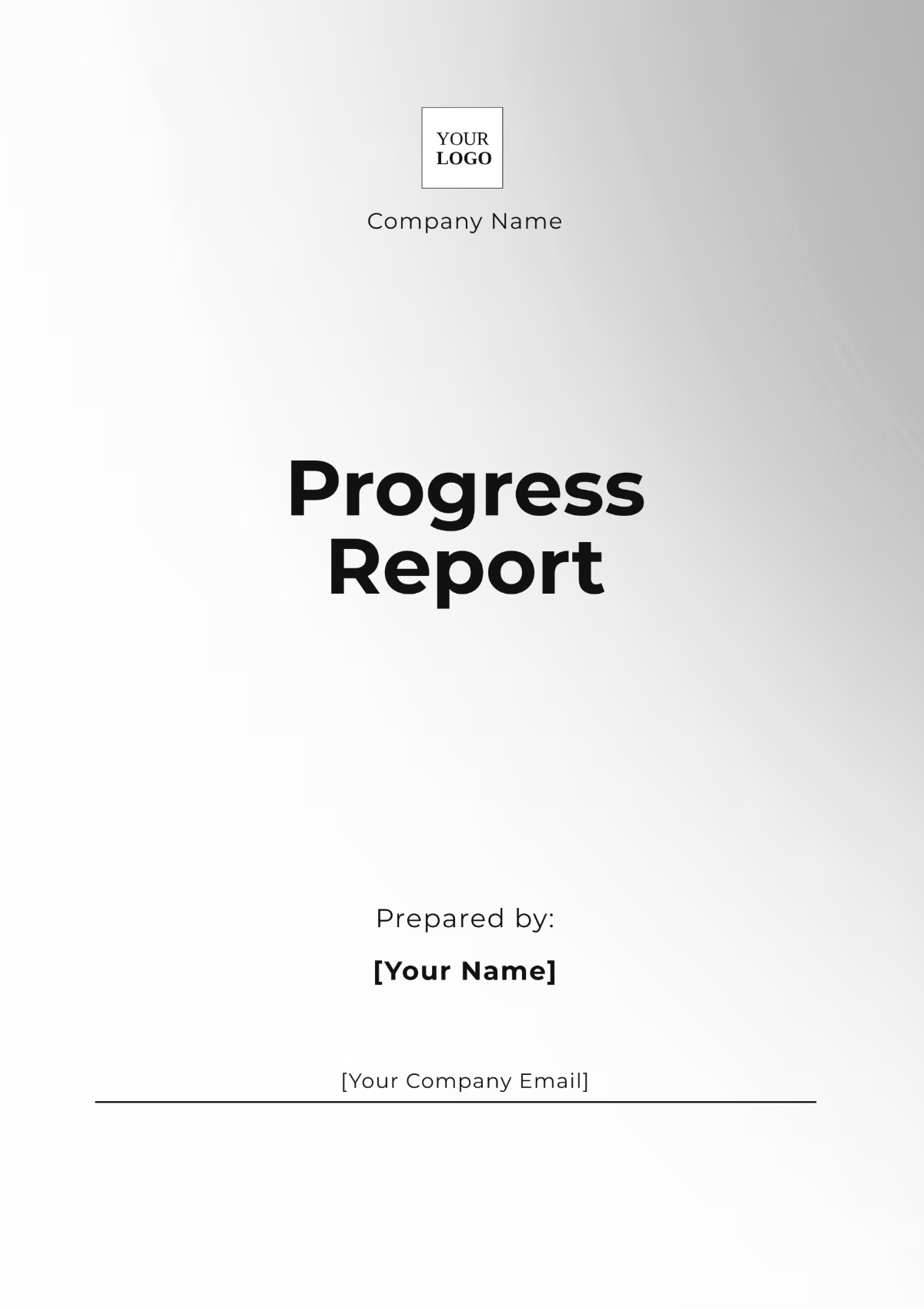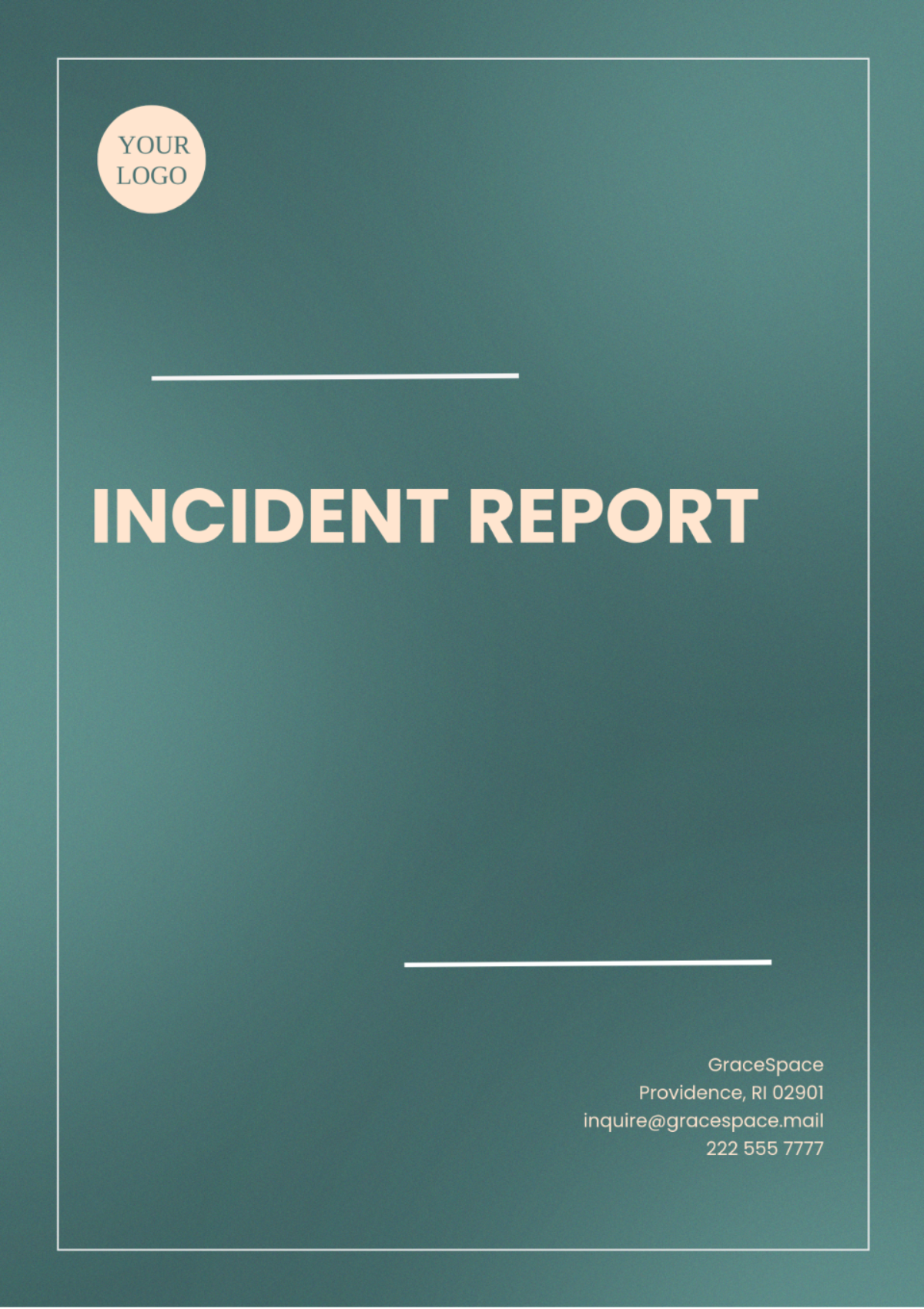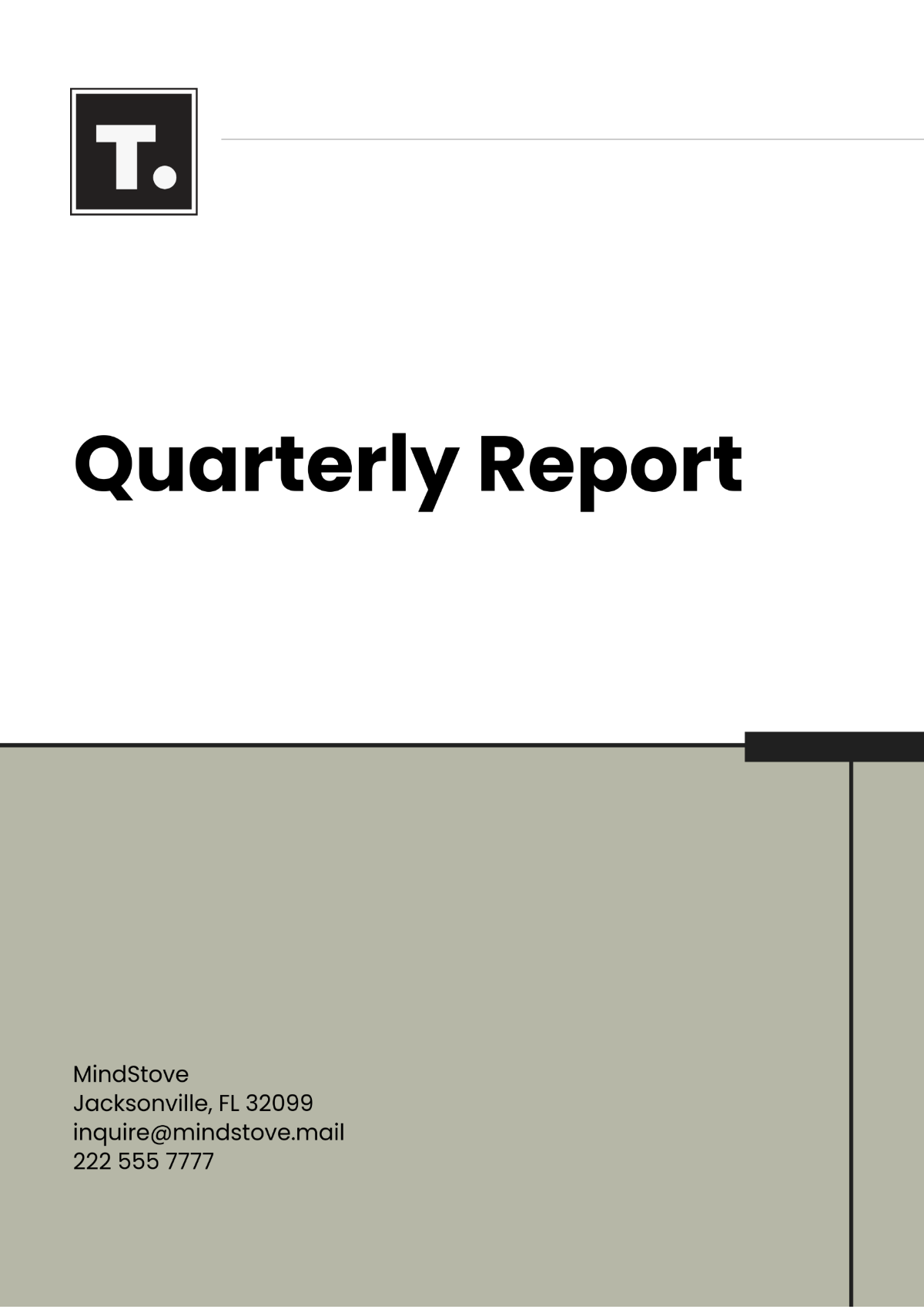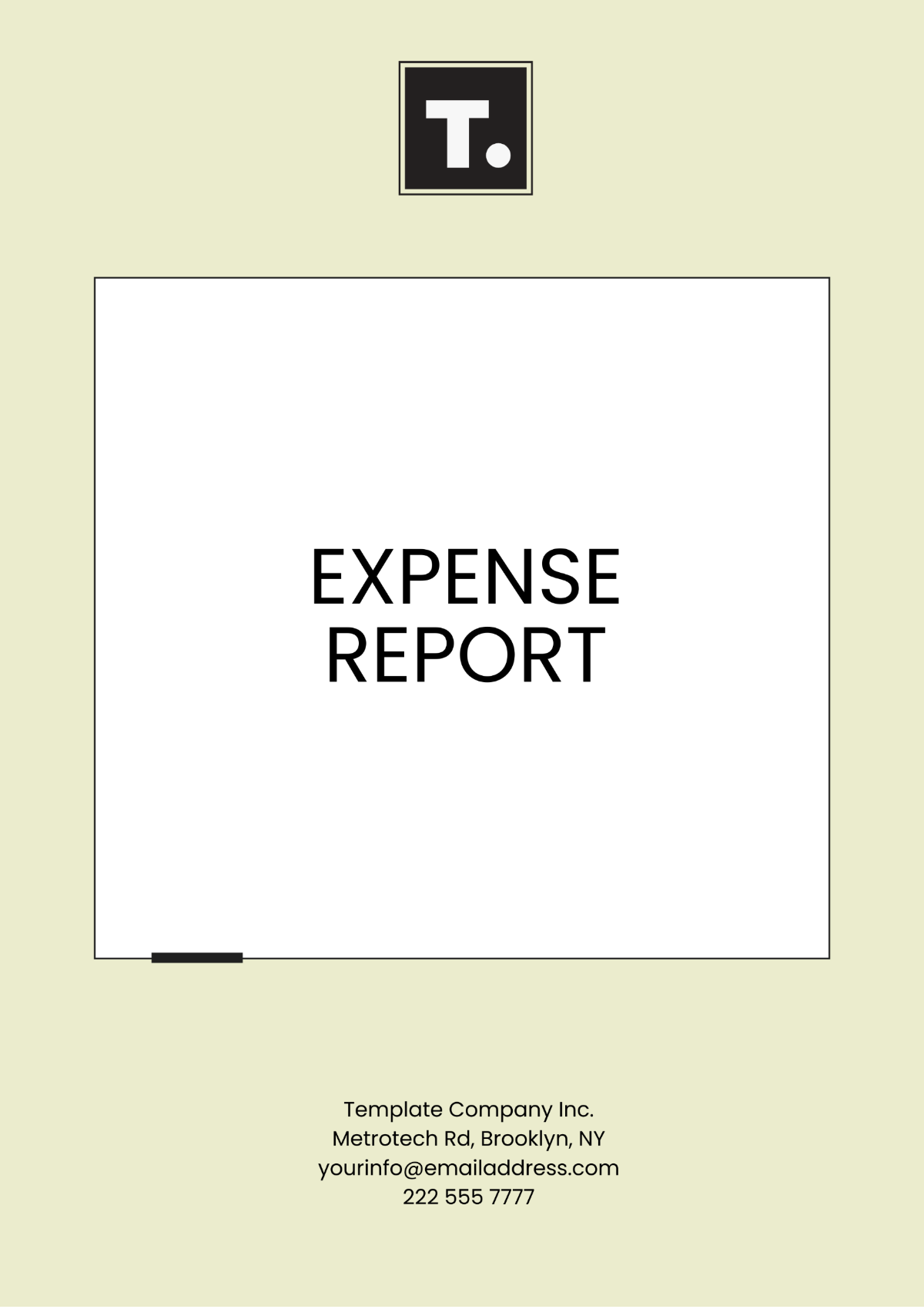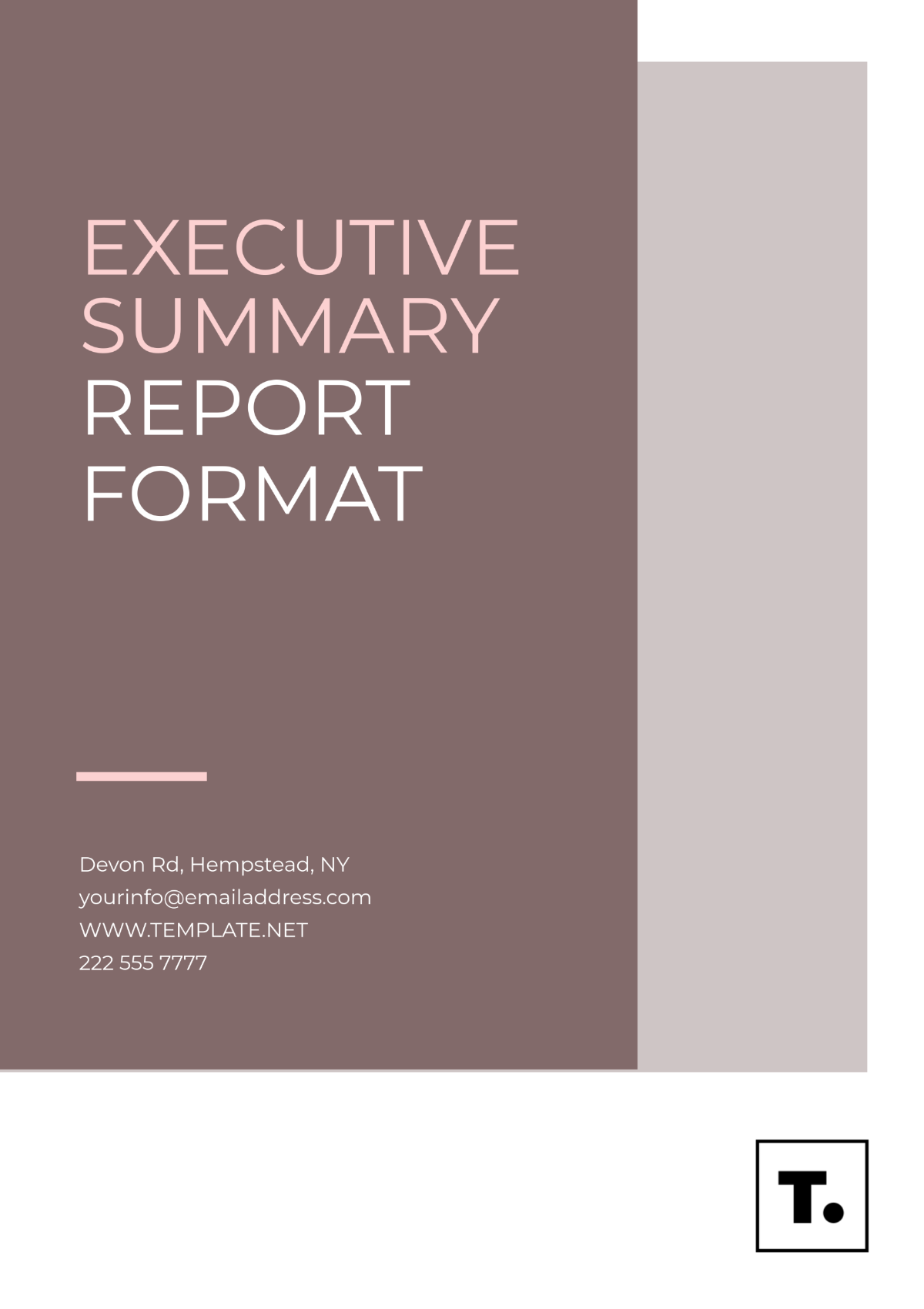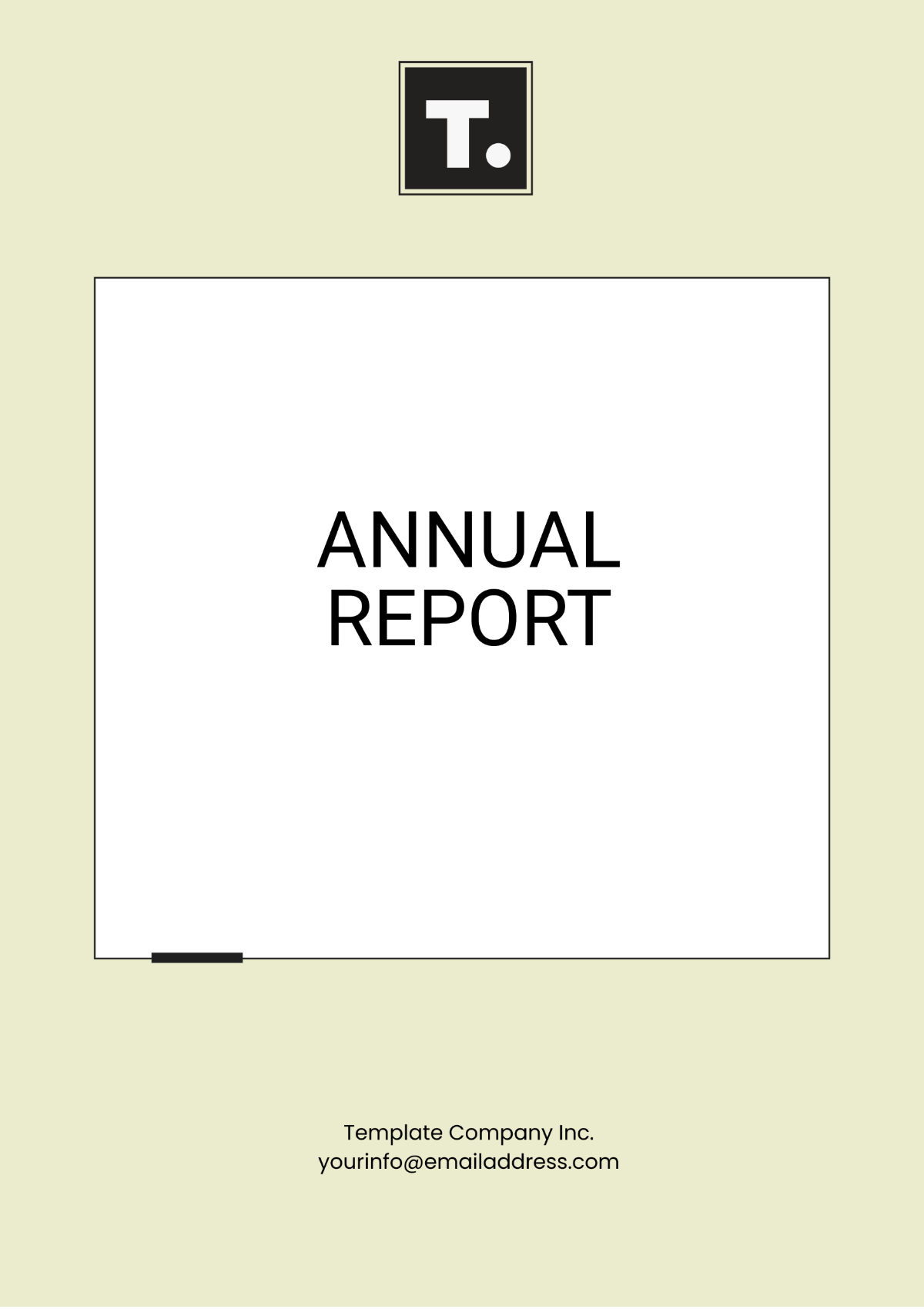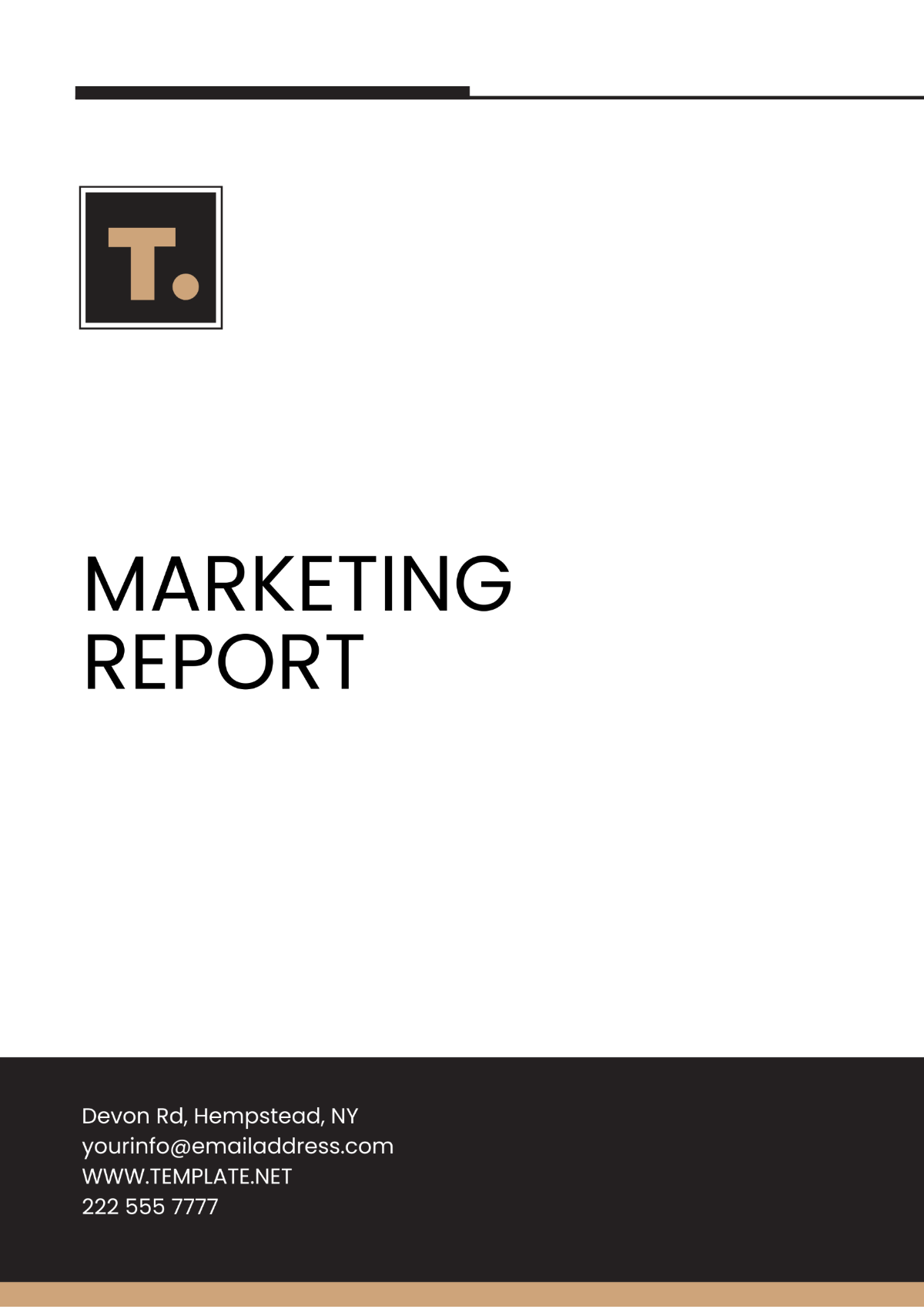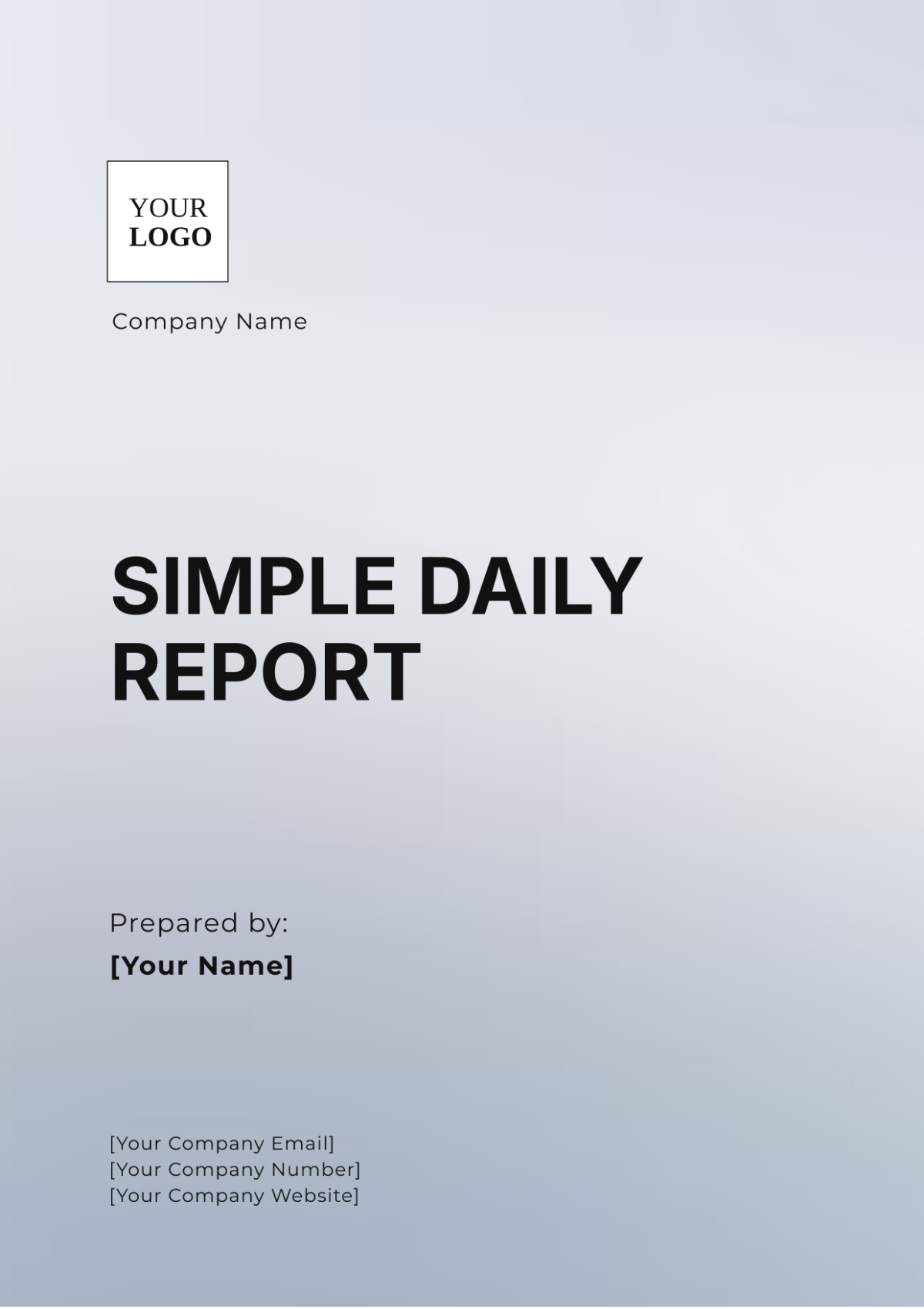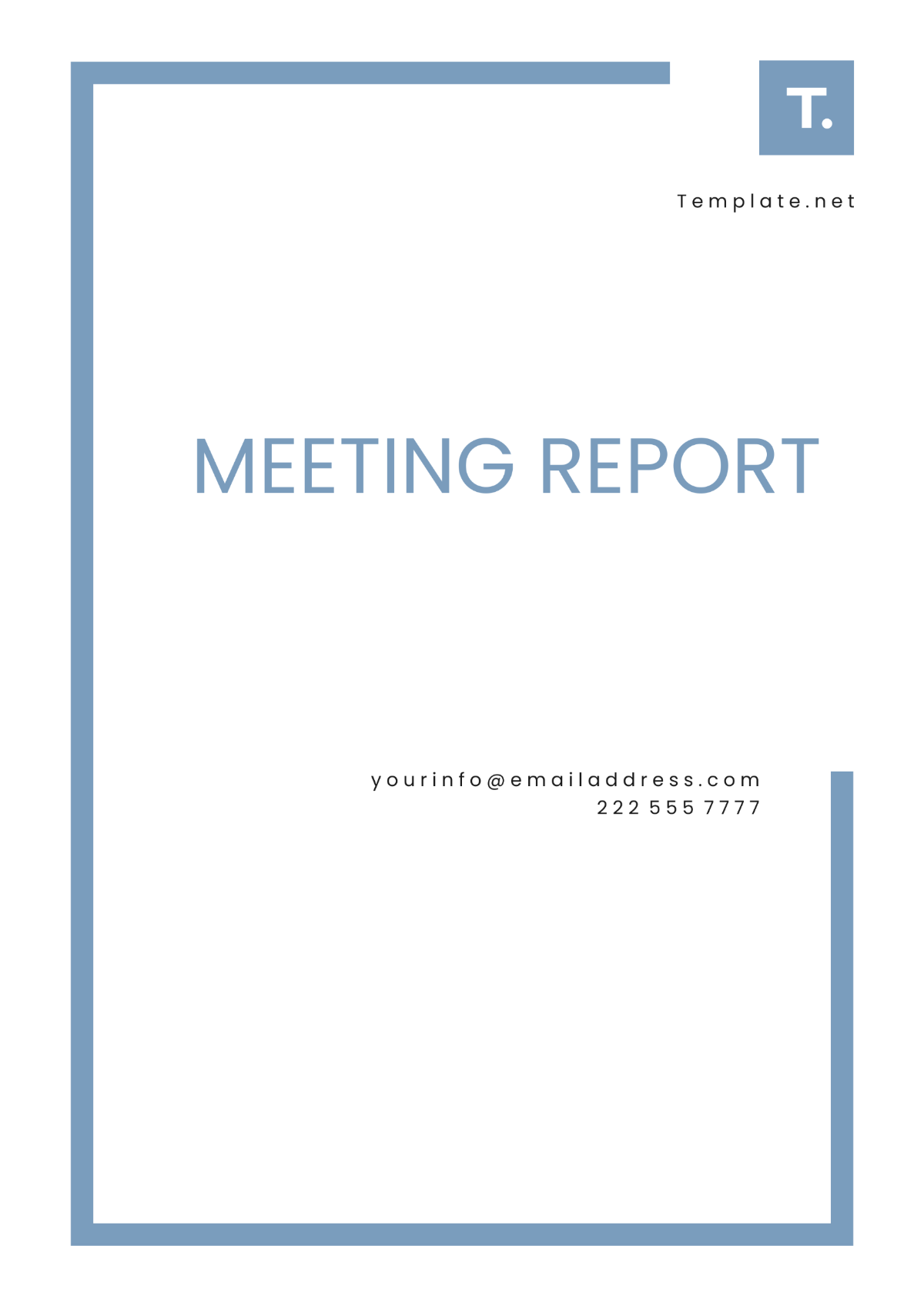Free Car Wash Water Usage Report
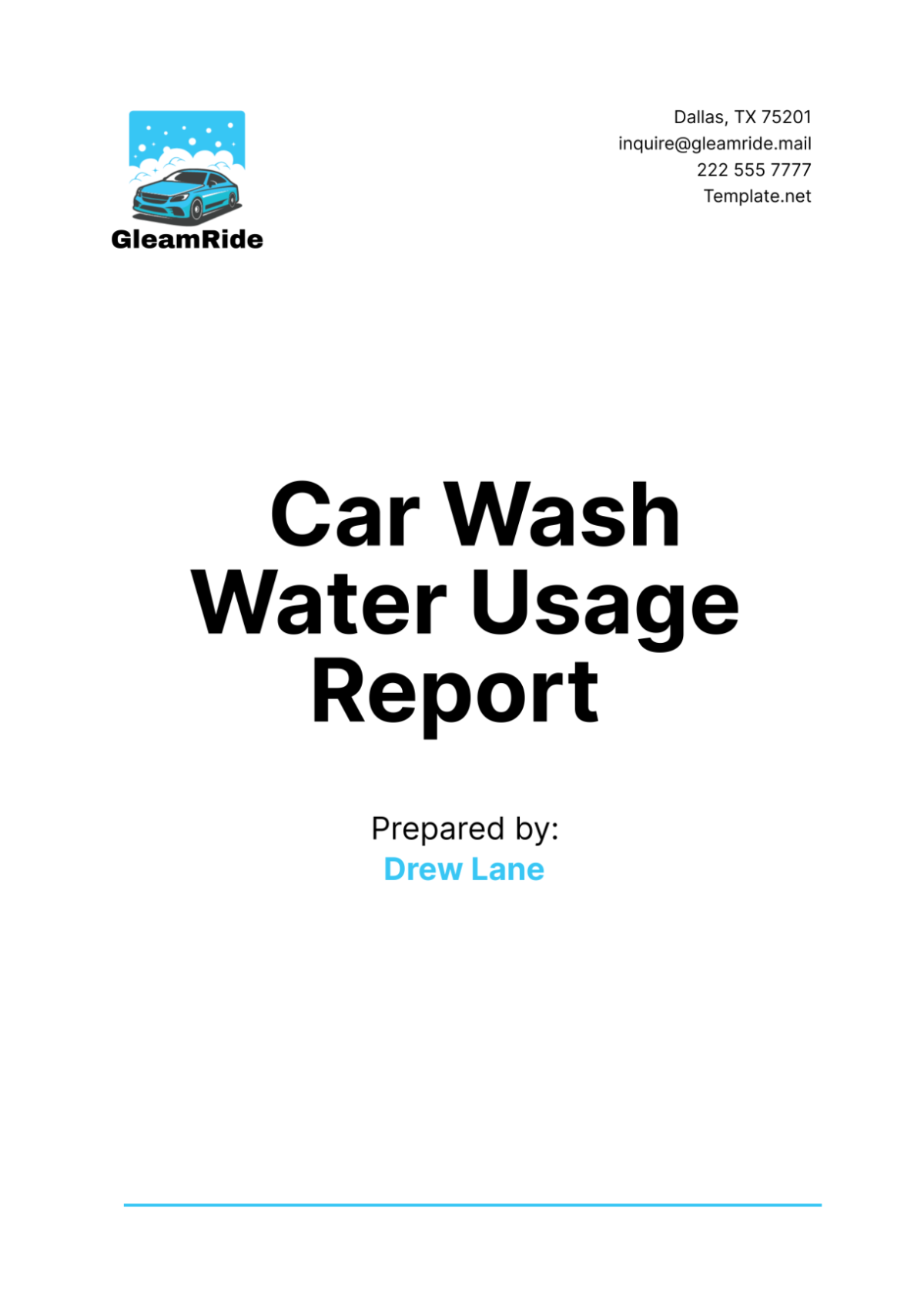
- 100% Customizable, free editor
- Access 1 Million+ Templates, photo’s & graphics
- Download or share as a template
- Click and replace photos, graphics, text, backgrounds
- Resize, crop, AI write & more
- Access advanced editor
Monitor water consumption efficiently with Template.net's customizable and editable Car Wash Water Usage Report Template. Use the Ai Editor Tool to adapt this template to your needs. Keep track of water usage accurately, promoting sustainability and cost-efficiency within your car wash operations.
You may also like
- Sales Report
- Daily Report
- Project Report
- Business Report
- Weekly Report
- Incident Report
- Annual Report
- Report Layout
- Report Design
- Progress Report
- Marketing Report
- Company Report
- Monthly Report
- Audit Report
- Status Report
- School Report
- Reports Hr
- Management Report
- Project Status Report
- Handover Report
- Health And Safety Report
- Restaurant Report
- Construction Report
- Research Report
- Evaluation Report
- Investigation Report
- Employee Report
- Advertising Report
- Weekly Status Report
- Project Management Report
- Finance Report
- Service Report
- Technical Report
- Meeting Report
- Quarterly Report
- Inspection Report
- Medical Report
- Test Report
- Summary Report
- Inventory Report
- Valuation Report
- Operations Report
- Payroll Report
- Training Report
- Job Report
- Case Report
- Performance Report
- Board Report
- Internal Audit Report
- Student Report
- Monthly Management Report
- Small Business Report
- Accident Report
- Call Center Report
- Activity Report
- IT and Software Report
- Internship Report
- Visit Report
- Product Report
- Book Report
- Property Report
- Recruitment Report
- University Report
- Event Report
- SEO Report
- Conference Report
- Narrative Report
- Nursing Home Report
- Preschool Report
- Call Report
- Customer Report
- Employee Incident Report
- Accomplishment Report
- Social Media Report
- Work From Home Report
- Security Report
- Damage Report
- Quality Report
- Internal Report
- Nurse Report
- Real Estate Report
- Hotel Report
- Equipment Report
- Credit Report
- Field Report
- Non Profit Report
- Maintenance Report
- News Report
- Survey Report
- Executive Report
- Law Firm Report
- Advertising Agency Report
- Interior Design Report
- Travel Agency Report
- Stock Report
- Salon Report
- Bug Report
- Workplace Report
- Action Report
- Investor Report
- Cleaning Services Report
- Consulting Report
- Freelancer Report
- Site Visit Report
- Trip Report
- Classroom Observation Report
- Vehicle Report
- Final Report
- Software Report
Car Wash Water Usage Report
I. Executive Summary
A. Overview
This Car Wash Water Usage Report provides an extensive analysis of water consumption at [Your Company Name]. The report evaluates current water usage patterns, identifies key factors influencing water consumption, and offers recommendations for improved water management and conservation practices. The goal is to enhance operational efficiency, reduce costs, and contribute to environmental sustainability.
B. Key Findings
Our analysis indicates that [Your Company Name] uses an average of 20,000 gallons of water per month, with significant peaks during summer months due to increased customer volume. Current water recycling systems recover approximately 50% of the water used, but there is potential for further improvement through the implementation of advanced technologies and conservation practices.
C. Recommendations
Key recommendations include upgrading to more efficient equipment, enhancing existing water recycling systems, and implementing comprehensive staff training programs focused on water conservation. Additionally, adopting industry best practices and leveraging new technologies can significantly reduce water usage and operational costs.
II. Introduction
A. Purpose of the Report
The purpose of this report is to provide a thorough analysis of water usage at [Your Company Name], highlight areas for potential improvement, and recommend strategies for sustainable water management. By understanding and optimizing our water usage, we aim to enhance operational efficiency and environmental responsibility.
B. Importance of Water Usage Monitoring
Monitoring water usage is essential for maintaining operational efficiency, reducing costs, and ensuring environmental sustainability. It helps identify inefficiencies, optimize resource use, and comply with regulatory requirements. Effective water management also enhances the company's reputation as a responsible and eco-friendly business.
C. Scope and Methodology
This report covers water usage data from the past year, including daily, monthly, and annual consumption. Data was collected through water meters installed at various points in the car wash facility. The analysis includes comparisons with industry benchmarks and standards to provide a comprehensive understanding of our water usage patterns.
III. Current Water Usage Analysis
A. Water Usage Data Collection
Water usage data was collected through accurately calibrated water meters placed at key points in the facility. These meters recorded both the input (freshwater) and output (wastewater) to ensure a precise measurement of water consumption. Data collection was carried out over a one-year period to capture seasonal variations and peak usage periods.
B. Monthly, and Annual Water Consumption
Table: Monthly Water Consumption
Month | Water Usage (gallons) |
|---|---|
January | 18,000 |
February | 17,500 |
March | 19,000 |
April | 20,500 |
May | 21,000 |
June | 22,000 |
July | 22,500 |
August | 23,000 |
September | 21,500 |
October | 20,000 |
November | 19,500 |
December | 20,000 |
Table: Annual Water Consumption
Year | Water Usage (gallons) |
|---|---|
[20xx] | 220,000 |
C. Peak Usage Periods
Analysis of the data indicates that peak water usage occurs during weekends and the summer months when customer volume is highest. Specifically, water consumption increases by approximately 30% during these peak periods compared to the average daily usage.
D. Comparison with Industry Standards
To benchmark our performance, we compared our water usage data with industry standards. The average water consumption for car washes in our region is approximately 15 gallons per vehicle. Our current usage stands at 18 gallons per vehicle, indicating a need for efficiency improvements.
IV. Factors Influencing Water Usage
A. Type of Car Wash (Self-Service, Automatic, Full-Service)
Different types of car washes have varying water requirements. Self-service stations typically use less water compared to automatic and full-service car washes. [Your Company Name] operates a full-service car wash, which inherently uses more water due to the comprehensive nature of the service provided.
B. Volume of Customers
Higher customer volumes directly correlate with increased water usage. On average, [Your Company Name] services 1,000 vehicles per month. During peak periods, this number can rise to 1,500 vehicles per month, significantly impacting our overall water consumption.
C. Seasonal Variations
Water usage varies seasonally, with higher consumption in the summer and lower in the winter. This variation is influenced by weather conditions and seasonal promotions, which attract more customers during warmer months.
D. Equipment Efficiency
The efficiency of our equipment plays a crucial role in determining water usage. Older equipment tends to be less water-efficient. Upgrading to newer, more efficient models can significantly reduce water consumption. Currently, our facility uses a mix of old and new equipment, which impacts our overall efficiency.
E. Water Recycling Systems
Our existing water recycling systems recover approximately 50% of the water used. While this is a good starting point, there is potential for further improvements. Enhancing these systems can lead to substantial reductions in fresh water consumption and overall costs.
V. Water Conservation Practices
A. Current Conservation Measures
[Your Company Name] has implemented several water conservation measures to reduce our overall water usage. These measures include the use of low-flow nozzles, water-efficient equipment, and basic water recycling systems. These efforts have resulted in a 15% reduction in water usage over the past year.
B. Best Practices in the Industry
Industry best practices for water conservation include the use of high-efficiency nozzles, advanced water recycling systems, and regular maintenance of equipment to prevent leaks and inefficiencies. Implementing these practices can lead to significant water savings and operational cost reductions.
C. Potential Improvements
Potential improvements for [Your Company Name] include upgrading to state-of-the-art water recycling technologies, automating water usage monitoring, and providing ongoing employee training on water conservation techniques. These improvements can further reduce our water consumption by up to 20%.
VI. Impact of Water Usage on Operational Costs
A. Cost Analysis
Water usage directly impacts our operational costs. Currently, water accounts for approximately 10% of our total operational expenses. Reducing water consumption through improved efficiency and conservation practices can lead to substantial cost savings.
B. Impact of Conservation Measures on Costs
Implementing water conservation measures has already resulted in a 15% reduction in water usage, translating to significant cost savings. Further improvements, such as upgrading equipment and enhancing water recycling systems, can lead to additional cost reductions.
C. ROI of Water-Saving Technologies
Investing in water-saving technologies has a positive return on investment (ROI). For instance, upgrading to high-efficiency equipment can result in a 25% reduction in water usage, leading to annual savings of approximately $5,000. The initial investment in such technologies can be recouped within two years through reduced water costs.
VII. Environmental Impact
A. Overview of Environmental Concerns
Water consumption at car wash facilities can have significant environmental impacts, particularly in regions experiencing water scarcity. The excessive use of fresh water contributes to the depletion of local water resources and increases the burden on wastewater treatment facilities. Additionally, the discharge of contaminated water containing chemicals and detergents can harm local ecosystems and water quality.
B. Water Contamination and Wastewater Management
At [Your Company Name], we recognize the importance of managing wastewater to minimize environmental impact. The wastewater generated from car wash operations contains detergents, oils, and other contaminants that can pollute local water bodies if not properly treated. Our facility is equipped with an initial filtration system to remove larger debris and contaminants before the water is discharged to the municipal sewer system. However, there is room for improvement in our wastewater treatment process to ensure we meet and exceed environmental standards.
C. Strategies for Reducing Environmental Impact
To mitigate the environmental impact of our water usage, [Your Company Name] is committed to adopting sustainable practices. These include:
Upgrading Water Recycling Systems: Implementing advanced water recycling technologies can significantly reduce the volume of wastewater discharged and minimize fresh water usage.
Using Biodegradable and Eco-Friendly Detergents: Transitioning to environmentally friendly cleaning products can reduce the harmful effects of wastewater on local ecosystems.
Employee Training and Awareness Programs: Educating staff about the importance of water conservation and proper wastewater management practices can enhance our overall environmental performance.
D. Regulatory Compliance and Standards
Compliance with local, state, and federal environmental regulations is a top priority for [Your Company Name]. Our facility adheres to stringent wastewater discharge standards and regularly monitors water quality to ensure compliance. We are also exploring opportunities to obtain certifications such as ISO 14001, which demonstrates our commitment to environmental management and sustainability.
VIII. Water Efficiency Technologies
A. High-Efficiency Equipment
Investing in high-efficiency equipment is a critical step towards reducing water consumption at [Your Company Name]. Modern car wash systems are designed to use significantly less water while maintaining or improving cleaning performance. For example, high-pressure nozzles and low-flow water guns can reduce water usage by up to 40% compared to conventional equipment.
B. Advanced Water Recycling Systems
Advanced water recycling systems can recover and reuse up to 90% of the water used in car wash operations. These systems typically involve multiple stages of filtration and purification to ensure the recycled water meets quality standards. At [Your Company Name], we are evaluating options for upgrading our existing recycling systems to maximize water reuse and minimize reliance on freshwater sources.
C. Smart Water Management Systems
Smart water management systems utilize sensors and automated controls to optimize water usage in real-time. These systems can detect leaks, monitor water consumption, and adjust water flow rates based on demand. Implementing such technologies can enhance operational efficiency and provide valuable data for ongoing water conservation efforts.
D. Case Studies and Industry Examples
Several car wash facilities have successfully implemented water efficiency technologies, resulting in substantial water savings and cost reductions. For instance, a car wash in California reduced its water consumption by 50% after upgrading to high-efficiency equipment and installing an advanced water recycling system. These case studies serve as valuable references for [Your Company Name] as we strive to improve our own water management practices.
IX. Recommendations for Improvement
A. Short-Term Recommendations
Upgrade Existing Equipment: Replace outdated equipment with high-efficiency models to reduce water consumption and improve cleaning performance.
Enhance Water Recycling Systems: Invest in advanced water recycling technologies to increase the percentage of water reused in our operations.
Implement Smart Water Management Systems: Utilize sensors and automated controls to monitor and optimize water usage in real-time.
Employee Training Programs: Develop and implement training programs to educate staff on water conservation practices and the importance of proper equipment maintenance.
B. Long-Term Recommendations
Adopt Comprehensive Water Management Plans: Develop and implement a long-term water management plan that includes goals, strategies, and metrics for continuous improvement in water usage efficiency.
Pursue Environmental Certifications: Aim to obtain certifications such as ISO 14001 to demonstrate our commitment to environmental sustainability and regulatory compliance.
Collaborate with Industry Partners: Engage with industry associations and partners to stay informed about the latest advancements in water efficiency technologies and best practices.
C. Potential Impact on Operational Efficiency
Implementing these recommendations is expected to result in significant improvements in operational efficiency. By reducing water consumption, [Your Company Name] can lower operational costs, enhance our environmental performance, and improve our reputation as a responsible and sustainable business. Additionally, these measures can lead to increased customer satisfaction by providing high-quality car wash services while minimizing environmental impact.
D. Cost-Benefit Analysis
A cost-benefit analysis was conducted to evaluate the financial implications of the recommended improvements. The analysis indicates that the initial investment in high-efficiency equipment and advanced water recycling systems will be offset by the resulting water savings within two to three years. The long-term benefits include reduced water bills, lower maintenance costs, and potential revenue gains from attracting environmentally conscious customers.
X. Conclusion
A. Summary of Findings
The Car Wash Water Usage Report by [Your Company Name] highlights the current state of water consumption, identifies key factors influencing water usage, and provides actionable recommendations for improvement. Our analysis reveals that significant opportunities exist to enhance water efficiency and reduce operational costs through the adoption of advanced technologies and best practices.
B. Importance of Water Conservation
Water conservation is crucial for ensuring the sustainability of our operations and contributing to the protection of local water resources. By implementing the recommended improvements, [Your Company Name] can play a leading role in promoting environmental responsibility within the car wash industry.
C. Next Steps
The next steps involve prioritizing and implementing the recommended short-term and long-term improvements. This includes upgrading equipment, enhancing water recycling systems, and developing comprehensive water management plans. Regular monitoring and evaluation will be essential to track progress and ensure the effectiveness of these measures.
D. Commitment to Sustainability
[Your Company Name] is committed to continuous improvement in water management and environmental sustainability. By embracing innovative technologies and best practices, we aim to set a benchmark for water efficiency in the car wash industry and contribute positively to our community and the environment.
